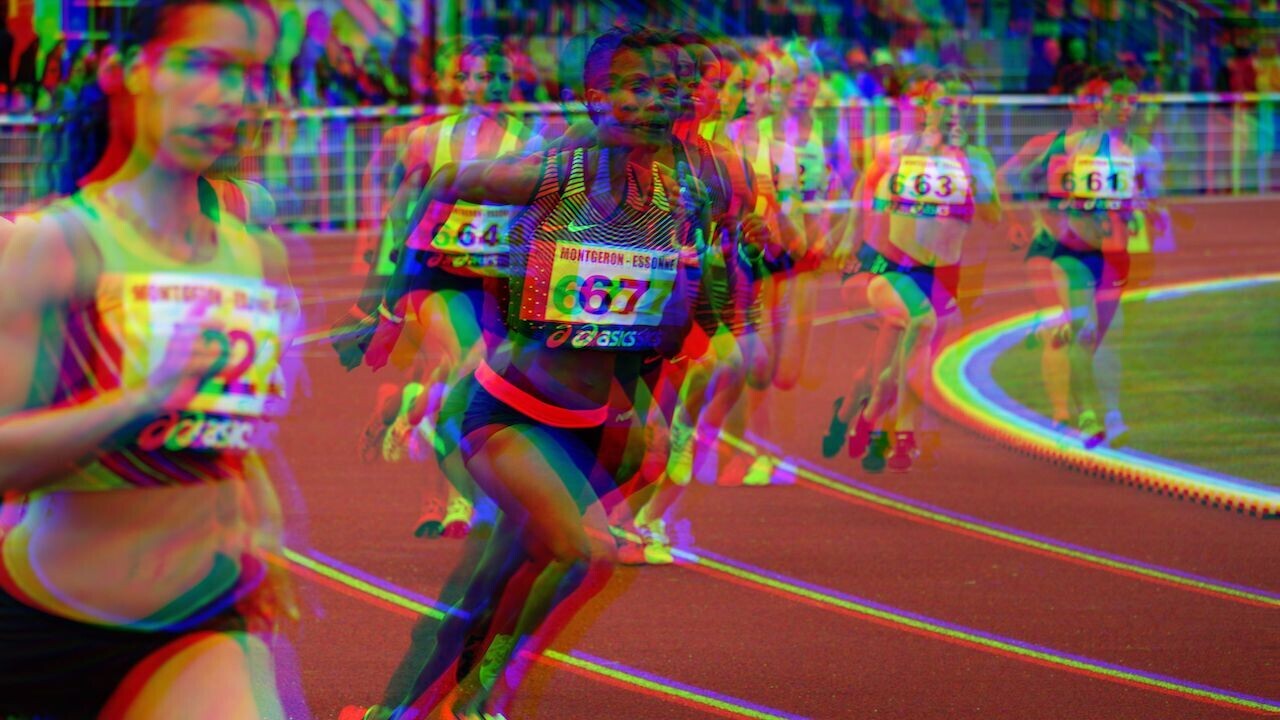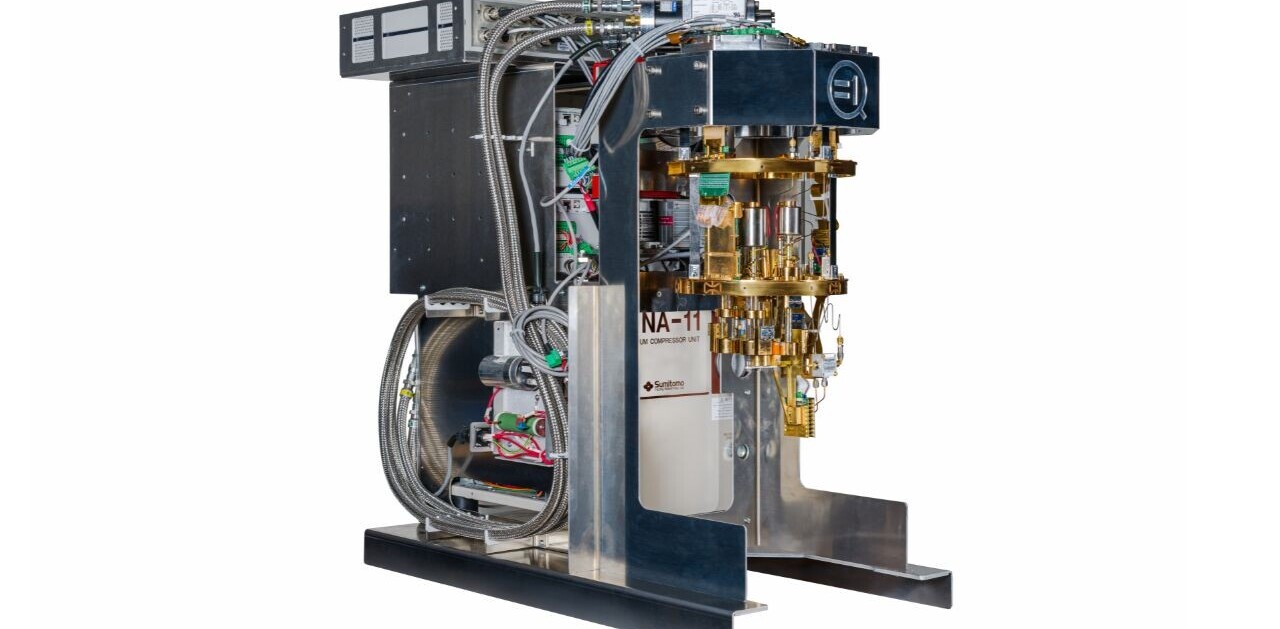
After being postponed a year due to the pandemic, the 2021 Tokyo Olympics are cause for great excitement. We’ve waited impatiently to once again, behold the impressive display of sporting skills and competitive endeavors from the top athletes in the world. But an additional factor to get excited about this year is the introduction of many new technologies used to enhance the whole experience.
Being held in Japan, arguably one of the most technologically advanced countries in the world, it’s no surprise that they pulled out all the stops.
Multi-lingual, AI robots are greeting visitors at the airport and AI-powered vehicles are delivering athletes and equipment to the stadium. Security systems are using facial recognition technology for entry to Olympics accommodation and venues for staff, athletes, media, and volunteers, as well as to monitor suspicious behaviour.
For spectators, a system of multiple, 4K, 360 degree-angle cameras are providing panoramic coverage and detailed replays to improve the viewing experience, while AI and computer vision enable a 3D athlete tracking system, providing overlay visualizations and real-time insights for the audience.
New advancements in emerging technologies are clearly changing the world of sports for audiences and event organizers, but what about for the athletes?
We reached out to three sports tech startup founders who recently took part in the EU-backed Data Market Services Accelerator to find out more about current and future trends in the sports tech field, as well as how their innovations are evolving and providing new opportunities for the future.
Performance monitoring and data-driven coaching

Various technologies are being adopted to help athletes get the most out of their training. In preparation for this year’s Olympics, 3D digital twinning has been used to create a virtual replication of the stadium, so athletes can embrace the right mindset needed for the competing environment when training. 3D-printed clothing and footwear is tailored to better fit individual athletes’ bodies, reduce resistance, and improve performance.
Biomechanics and data analysis is also now used to examine an athlete’s technique, and innovations like force-sensing resistors in footwear provide additional data during training. Madan Raj Rajagopal, CEO at Ludimos says:
Data is the new oil, and the current trend is leaning towards data analytics and actionable insights to enable faster and smarter player development.
“Sports teams and managers realize this technology is no longer a luxury, but a necessity,” which is resulting in a higher demand for technologies that enhance coaching.
The problem was that previously, access to this type of technology was limited. That’s where the new wave of sports tech startups comes in.
Specializing in cricket, Ludimos enables data-driven and personalized coaching using AI. Their video analysis platform allows coaches to more accurately assess player and team performance, create a library of drills and training assignments, and much more.
The adoption of big data and AI is wide-spread among many sports but only at the elite and international levels. The reason being that innovative technologies were expensive and complex with restricted access. The last few years have seen tremendous developments in both the hardware sensors and software applications making such technologies affordable and accessible. And still these technologies are focussed at elite levels. Now that sports teams and managers realise that technology is no longer a luxury but a necessity, there is a growing demand for technologies that assist coaches and players in their coaching and learning processes.
In short, technology has evolved by leaps and bounds in the last decade, but only at the highest levels creating a huge gap between the grassroots and elite levels. This is also where the future opportunity lies as well.
And increased adoption of this technology really paid off over the past year and a half. When the pandemic hit, travel and social distancing restrictions made it difficult for coaches and teams to come together to train or travel to matches. Ludimos was able to help the national cricket teams of Serbia, Argentina, the Netherlands, and Denmark continue remote coaching and player development with the help of its AI powered video analysis tool.
Athlete-driven careers

David Dwinger, founder of startup Jogo, believes this shift towards wider access to sports tech will have a profound impact on athletes and the dynamics of the sporting world.
The biggest difference will be the fact that athletes will have more control over their careers and will be less dependent on clubs, trainers, scouts, and agents. We can see them as the creatives of today, often working freelance, building their portfolios, and choosing which project they want to work on. This is what we envision for the athletes of the future.
Over at Jogo, AI, machine vision, and sensor technologies are used to assist young footballers in their training. They believe that with technologically-enhanced coaching becoming more widely accessible, the athletes of the future will see more equal opportunities and have greater control over their own careers. Dwinger says,
The impact will be independence. Being able to look at your performance through data and getting feedback from the platform to help you improve, at any time, anywhere. You will have more freedom, and less dependence on coaches, which also means that no matter your circumstances you can develop your talent to its fullest
According to him, there are two main technologies that will be driving this push towards greater athlete independence: computer vision and wearable sensors.
Both technologies are not new, but are evolving quickly and are making the tracking of an athlete’s performance less and less invasive.
Mental resilience

With much of the focus on training the body for the Olympics or any competitive sporting event, training the mind can often be overlooked. Studies show that around 35% of elite athletes suffer from mental health problems.
After a year of emotional hardships caused by social and economic disruptions alongside the pandemic, the topic of mental health has finally been brought to the forefront. For the world’s top athletes, these external problems add another layer of mental complexity to a practice that’s already physically and mentally demanding.
A prime example is US gymnast Simone Biles, who has been a world champion since 2013, with the world record for most Olympic gold medals. Having always succeeded, she’s experienced enormous pressure to continue performing at a high level for her team, which she recently opened up about publicly.
Sports tech startups Laife is putting a spotlight on the issue of mental health in sports and helping to tackle it. Using AI and machine learning their system creates personalized music to relieve pressure and motivate athletes.
Billy Mello, CEO of Laife, agrees that for the conversation around mental health, “the timing is perfect.” He explains this is “not only because of the Olympic Games, but after almost two years of the pandemic, every person in the world understands (and often has suffered) mental health problems as premising conditions to be dealt with immediately.”
Biles is not the only athlete who has expressed how the stresses of the past year have taken a toll on her mental health. Many of the younger athletes have taken to TikTok, showing behind-the-scenes footage of the reality that they are human, with the same emotions as everyone else. For many, this helps to erode the illusion of the invincibility aura athletes often have. Mello explains,
We all see those beautiful images of resilience and high peak performances. We don’t know all the struggles behind them. Addressing mental health issues isn’t something fast. It takes time, effort, understanding, treatment and kindness on many levels.
Proving real-time insights and brainwave entrainment, Laife harnesses the power of music for mental health relief and thus performance enhancement for athletes. According to Mello:
Music is a powerful mood enhancer for every single person in the world. And when we add a layer of science, we can help people face mental health problems such as depression, anxiety, fatigue, insomnia, etc.
Predictions for 2032
With so many exciting tech innovations already in operation at this year’s Olympic games, we were interested to find out what the experts predict for the future.
For Mello, with regard to mental health, he says, “the first thing to do is take immediate action, treat and understand those who already suffer from mental health issues, and avoid future athletes getting into these problems. Hopefully, if we start now, by the 2032 Olympics, we won’t hear any more about mental breakdowns because the solutions and treatments worked.”
Rajagopal highlights the viewing experience, saying, “my prediction for the 2032 Olympics is a truly immersive VR experience, where anyone with a smartphone can experience what an olympic athlete is experiencing in real-time or relive the exact moment when history was made. With a smartphone, you will be able to experience the thrill, speed and adrenaline rush of a 100m final sprint from the perspective of your favorite athlete.”
(And P.S., for all you cricket fans out there, Rajagopal is confident that new changes to game formats will ensure cricket will be back at the Olympics in 2032. ;)
Looking at optimizing training and performance, Dwinger says, “it might sound a bit scary or even a bit SciFi, but I’d say injectables, nano patches and energy harvesting technology! Imagine having a chip in your arm that can measure your vitals and performance every single second, and give you instant feedback on what to do during a game, or training: when to rest, what to eat, everything you need for optimal performance. Creating energy harvesting technology is one of my goals with JOGO. We produce so much energy when moving, and using batteries should be a thing of the past.”
Get the TNW newsletter
Get the most important tech news in your inbox each week.
This program has received funding from the European Union's Horizon 2020 Programme under Grant Agreement number 825014.





